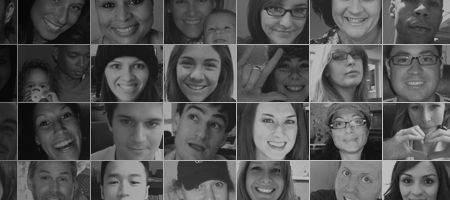DNA evidence could soon be enough to help law enforcement draw up photofits of criminal suspects, thanks to a new genetic discovery.

Five genes have been found to determine human facial shapes, says an international team.
“These are exciting first results that mark the beginning of the genetic understanding of human facial morphology,” says professor Manfred Kayser from the Erasmus University Medical Center in the Netherlands.
“Perhaps some time it will be possible to draw a phantom portrait of a person solely from his or her DNA left behind, which provides interesting applications such as in forensics. We already can predict from DNA certain eye and hair colors with quite high accuracies.”
Clearly, given that monozygotic twins have almost identical faces and siblings usually look pretty similar, genes play a major role in the appearance of the human face. However, says the team, almost nothing’s been known until now about the genes responsible for facial morphology in humans.
The team combined head magnetic resonance images with portrait photographs to map facial landmarks, from which facial distances were estimated. They then used genome-wide association (GWA), with independent replication, to find the DNA variants involved in facial shapes in almost 10,000 people.
Three of the five genes they’ve found have already been found to be involved in vertebrate craniofacial development and disease. Of these, one was found to be involved in facial morphology in a GWA study on children published earlier this year.





